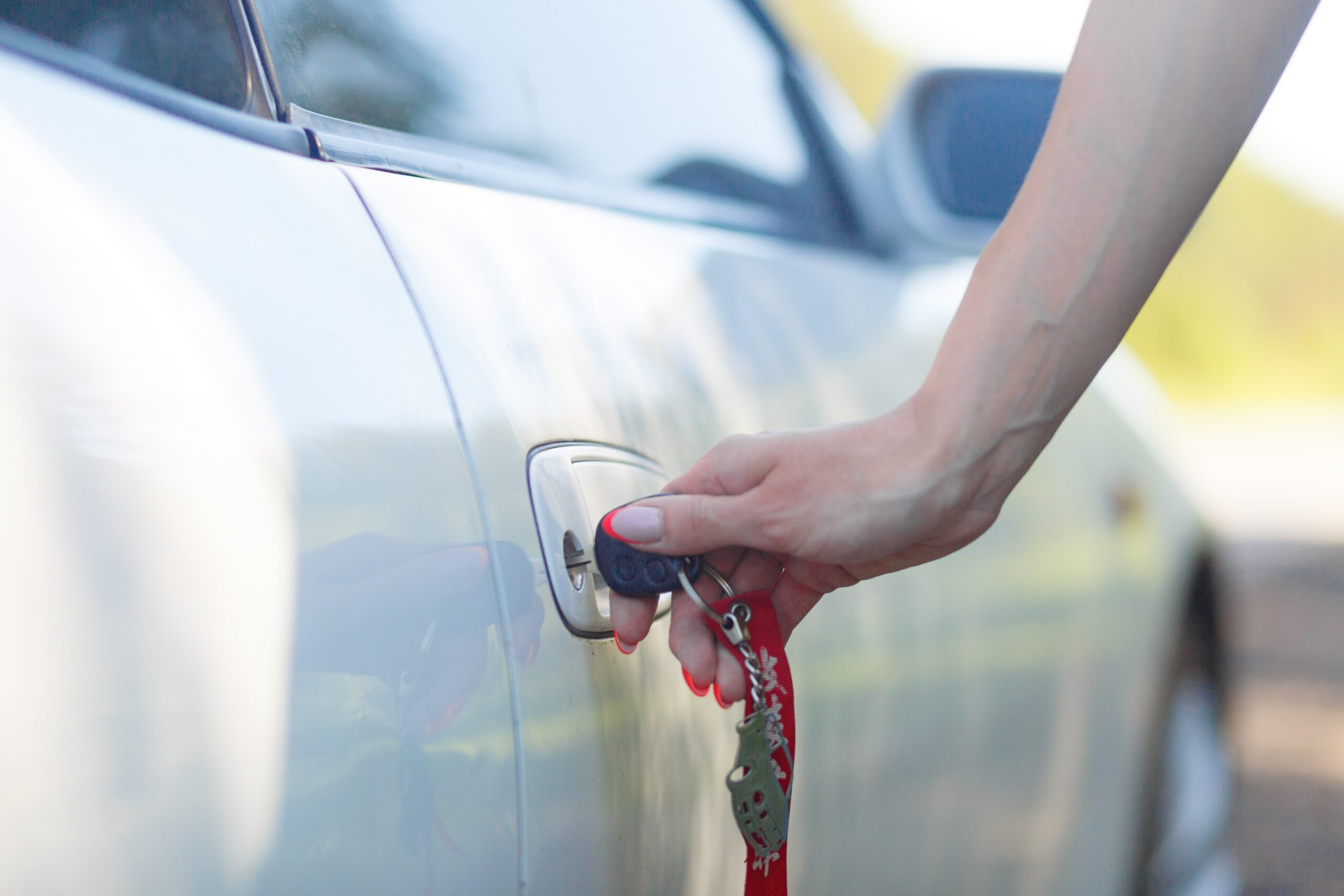How to Repair Car Lock Doors
Our technicians conduct a variety of tests to find the most effective solution for your car lock issue. The process begins with a simple inspection of the handle from the outside, and an examination of the linkage between the handle and latch mechanism.
If your power locks are producing a rattling or buzzing sound, it could be due to wear and tear on the bushings. The replacement of the bushings can fix this.
Rear door
A broken connection between the latch of the handle and the lock mechanism might be the cause of a jammed rear door lock. The most common causes for this are a disconnected interior locking post or switch or a damaged latch linkage, or a broken key fob.
A professional locksmith will be able to unlock your car's doors without causing damage to the panel. They can identify and fix any issue with the inner locking system. However, you can test a few options before calling a locksmith. First spray WD-40 or a penetrating catalyser on the rod that controls the lock. Spray the entire mechanism with the lubricant and try wiggling it up and down to see if it is possible to unlock the rod. If the issue continues then it's time to call an expert.
Another thing you can try is to employ a pair of needle-nose pliers to dislodge the rod holder clip, and then disconnect the rod from the latch on the door. This will let you move the rod back and forth so that you can open or close the door. It is also possible to identify any electrical problems with the handle by using the key fob.
You can also make use of a dry lubricant like graphite or sewing machine oil to lubricate your sewing machine. These dry lubricants do not attract dust or dirt and offer a better long alternative to an oil-based lubricant. You can buy these lubricants from your local auto supply store or at a home improvement store.
The last option is to change the actuator of the lock. This is a more costly fix, but it will usually solve the issue in the long run. A professional locksmith can replace the lock actuator without causing damage to the door panel of your car. They will replace the old actuator with a brand new one that is fully functional and has an original seal. This will prevent dirt and water as well as other contaminants entering the lock mechanism.

Front door
If your front door's power locks aren't working it is possible to replace the lock actuator. The actuator is within the door of each car that is power-locked and is responsible for the locking and unlocking action. A malfunctioning actuator could cause an eerie buzz or squeal and it could also create an unintentional sound like rat-a-tat when you open or close the door. A professional locksmith can replace the actuator quickly and securely. The procedure is different for each vehicle and the exact steps could differ. The most basic method involves disconnecting the battery and closing the door window, as well as taking off the lower panel of the door.
After removing the door panel, you can reach the lock actuator. The latch should be rotated in its proper direction using the screwdriver. car central locking system repair near me isn't easy, so it's recommended that someone from your family help you with this step. Once the latch is in the proper orientation check the handle by pulling it. The handle should now open the door latch which will allow you to lock and close the door.
If the latch does not work, you might have to grease the mechanism. It is best to make use of a dry lubricant as oil-based lubricants can attract dirt and other debris. You can make use of WD-40 or sewing oils to lubricate the car door latch. It is important to remember that this is only a temporary solution. It's recommended to contact a professional locksmith for lasting solutions.
A professional locksmith can diagnose and fix a locked door lock in a matter of minutes. They can open the door and take off the latch, then disconnect the cables. In some instances, they can replace the damaged cylinder of the door lock. They'll take care to avoid damaging the door panel. This could be expensive. This repair could take a few hours, depending on the problem. Take a drink or snack to go, as you'll be waiting an extended period in your vehicle. Also, be sure to disconnect the battery before starting any repairs.
Side door
It can be very frustrating when the latch on your car gets stuck. It can disrupt your daily routine. This usually happens due to dirt or grit getting stuck in the lock mechanism, and preventing it from closing properly. A simple lubricant can help in this case. You can buy the WD-40 lubricant, or a penetrating catalyser at your local auto supply store, home improvement shop, or on the internet. Once you have the lubricant you need take off the ignition key and insert a flathead phillips screwdriver into the keyhole. Insert the screwdriver and work it into the lock to break up the blockage. Once the screwdriver has cleared the blockage, you are able to use the nozzle of the can to apply a generous amount of lubricant through the keyhole.
After you have lubricated the lock, you can test it to see if it works properly. If the latch is still stuck, you may have to replace the actuator or any of the hardware. It is necessary to remove the door's inner panel and disconnect the lower light connection and door lock switches before you can remove the latch. To make repairs simpler you can purchase an interior trim set of tools, or find the schematics for your particular vehicle.
A defective lock actuator that is connected to the rod to the latch is a more serious problem. If the actuator is defective, it will prevent you from locking the latch when you press the lock button on the remote. A bad solenoid is a costly repair but it's simple to replace. The door panel must be removed and the lock rods removed. Locksmiths can accomplish this easily.
A latch that isn't aligned correctly can be caused by wear to the rods. This is usually a result of repeated slamming on the doors, and it may be difficult to spot the reason. You can pull the handle and watch the mechanism to see if there is any movement between the parts. If the rods are been damaged, you must consult a knowledgeable technician from a reputable bodyshop.
Trunk
If the door lock of your car is locked in a position or unable to open in any way, a professional locksmith will assist. They can identify the problem quickly and fix them and allow you to get into your car without hassle. They will also offer advice on how to prevent these problems from occurring in the future so that your vehicle will be an enjoyable, safe ride for many years to come.
A loose connection in the system is one of the most frequent causes for stuck car door locks. This can include a broken link between the handle, lock cylinder, internal locking post/switch as well as the door latch. It could also be caused by a broken or worn-out rod connecting all the components. If you suspect that this is the case then you could try to resolve the problem yourself by using an automotive door lubricant to clean and relubricate the system.
It's important to use the right type of fluid, such as dry lubricant, rather than an oil-based one, in order to ensure that dirt and debris aren't attracted to it. WD-40 is an ideal choice, as it is available in a variety of home improvement stores or auto supply stores. Before using the lubricant, ensure that the keyhole is free of obstructions before inserting your key into it. If you are having difficulty inserting your key into the lock, there is likely a jam or build-up.
If the problem persists it is possible that the solution could be to replace the fuse that controls the power locks. The fuses are usually located in the fuse box beneath the glovebox (passenger side) and are easily replaced. It is important to read the owner's manual to locate the fuse for the power lock, as they are not all the identical. After the fuse has been replaced, it's crucial to take care when reassembling the lock actuator to ensure that all electrical connectors are positioned in the correct places and that all screws are snagged into place properly.
